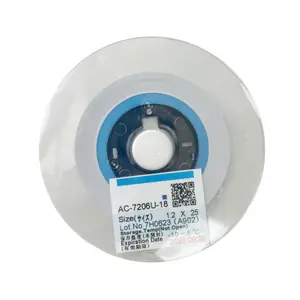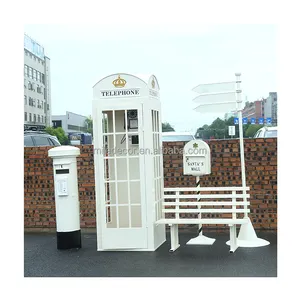Popular in your industry


























































































































































































Top categories
About hf dipole
HF dipoles are antennas designed for high-frequency (HF) bands. They are widely used in many communication systems and ham radio applications. By selecting an appropriate dipole length, users can effectively transmit and receive electromagnetic signals at specific frequencies. This ability to tune the antenna for different bands makes HF dipole antennas versatile and widely used in various radio communication scenarios. HF dipoles are also commonly used in amateur radio, emergency communication, and shortwave broadcasting to achieve long-distance communication, where the size and height constraints permit.
20 Meter HF dipoles
Radio waves of 20 meters are within the 14 MHz frequency band, which is part of the HF range. To effectively transmit and receive signals in this band, a 20-meter HF dipole antenna is often utilized. These antennas are designed to have a specific length that is resonant at the desired frequency. A 20-meter dipole is approximately 33 feet long, making it a practical choice for many users due to its manageable size. By constructing the dipole to this specific length, users can achieve optimum performance for 20-meter operations. The 20-meter dipole is a popular choice for amateur radio enthusiasts looking to communicate on the 20-meter band, known for its favorable propagation characteristics for both local and long-distance communication.
Ham Stick Dipoles
Ham stick dipoles are a type of dipole radio antenna that uses ham sticks as the radiating elements. Ham sticks are mobile antennas that are popular among amateur radio operators due to their ease of use and portability. Combining ham sticks with a dipole configuration allows for the creation of a dipole antenna that can be easily set up and used in various locations. This makes ham stick dipoles suitable for portable and temporary radio operations, such as field days, emergency communication, or mobile installations. The ham stick dipole design provides a convenient solution for amateur radio operators who require a compact and adaptable antenna system for their communication needs.
Building HF Dipoles
Building an HF dipole requires careful consideration of the desired frequency of operation to determine the appropriate length of the dipole. The length of the dipole is typically a half-wavelength at the target frequency. After determining the length, select a suitable conductor, such as copper wire, to form the dipole's main elements. Insulators are then used to support the dipole's elements and maintain the antenna's structural integrity. The next step involves connecting a feedline, such as coaxial cable, to the dipole for signal transmission and reception. Baluns, which are devices used to balance unbalanced transmission lines, can be incorporated to ensure efficient power transfer.
























































